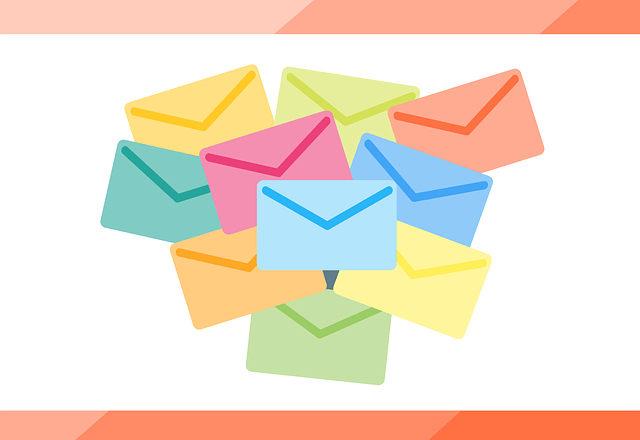So you’ve decided to produce a newsletter. Better yet, you’ve decided to make it an e-newsletter and send the whole thing electronically. Where to start? Consider this:
When to say it?
How often do you expect you’ll send out the newsletter? Keep in mind the frequency, the size, and the complexity of your e-newsletter, as it will dictate how long it takes you to produce it. Regularly putting an e-newsletter out into the world can be a fulltime job.
Caveat: When considering the frequency of your e-newsletter, start conservatively and work up into the ambitious—not the other way around. Most e-newsletters start out as a hot idea, but a lack of time, shifting priorities and the day-to-day grind creep back in, the only sheer commitment will keep the pace going.
Recommendation: Unless the e-newsletter is at the core of your business, start bi-monthly or quarterly, then speed up to monthly if time and schedules allow. That way, if things get busy and you miss your quarterly deadline by a month, your readers won’t feel it—as much.
Say it to whom?
Who is on your list? Do they know they’re on your list? Six words of advice here:
Opt-in, opt-in, opt-in.
Using a fresh list is one of the best ways to avoid getting spam reports from your audience. (Yes, even though they may sign up one month, they may also unsubscribe or list you as spam the next.) Internet service providers and e-mail service providers watch spam reports very carefully. If spam reports are too high, servers and connections can be shut down and—in the Internet world of connectivity—this spells death to these providers. Ensuring your list members have opted and double-opted into your list is a solid way for ensuring you’re working with a clean list and keeping your spam reports low.
What to say?
Bring value; that’s your mission here (as always.) Don’t talk about yourself or your company until you have provided value to your readership. This begins with asking the right questions:
- What do they want to read about?
- What challenges do they face?
- What are their successes?
- Are there laws, regulations or environmental concerns that affect them?
Here are some ideas for newsletter content:
- Articles of value to your readership. You don’t even have to write the articles yourself. You can write the article author for permission to reprint and provide them with full credits and a link back to their website.
- Client spotlight. You just completed a cool project for a client? Give that client some free press by showing off their project (which, of course, illustrates your own Herculean abilities as well.)
Tip: This same material will provide the case studies you later post on your website.
- Client testimonials. What glowing things have your clients said about you?
- Letter from the editor. This is a nice way to intimate the newsletter and organization to the readership. Bring a personal touch. This should be written by the newsletter editor or some other key leadership representing the organization.
- Banners, ads, and links to other sites and services of value or interest to the audience.
- Coupons, promotions and more!
Additional elements you may want to include are contact information for your organization, your logo, the publication title, your brand colors, and a few interesting images.
How to say it?
Recommendation: Don’t place entire articles in your e-newsletter! One of the huge advantages to an e-newsletter is the power to place links within them.
Step 1: Place only an opening paragraph. This is otherwise known as a “hook” paragraph and is used to introduce the article and generate interest.
Step 2: End your hook paragraph with a link that says something like “Learn more about [article subject]…” or “Read more about [article subject]…”
Step 3: Finally, link to the whole article which has been expertly placed on your website. (If you didn’t write the article, you already received written permission to reprint this, remember?)
Not only does this drive traffic to your site but most e-newsletter services (Constant Contact, iContact, MailChimp, etc.) will track and report a link’s click-through rate, allowing you to gauge the interest level in that topic.
Tip: Want to increase your click-through rate? Make sure to include an interesting, related image next to the hook paragraph.
In conclusion
All in all, an e-newsletter marketing campaign can reap great benefits over the long haul, but—like blogging or keeping up with your social media (Facebook, Twitter, etc.)—it is a commitment. Use e-newsletters to bring resources and information to your readers as well as strengthen your own brand. Having your clients and prospects looking forward to seeing your brand in their inboxes is a reward that will pay in spades.

